The altar was adorned with lilies and the white and gold frontal signifying a High Holy Day. There was a guest trumpeter playing a fanfare. There was our deacon, Pat, singing Mozart’s “Alleluia” and hitting that shattering stratospheric high note at the end. There was the He-is-Risen return to singing the Gloria.
And there were our fellow parishioners, sending up hearts and likes and tears and “Amens” and “Hallelujahs.” About 80 of us watched the virtual Easter Sunday service on Facebook Live; more were watching on the church website.
From its first halting and aborted attempts to go live, our Episcopal church has managed to get pretty good at streaming. The rector’s wife is operating and panning the camera. The picture is clear. The buffering is now minimized. A Zoom Bible study is planned for next week.
At first, I pooh-poohed the notion of a virtual service, in the beginning when the feed kept cutting out and my nerves were frayed anyway. Like many other adaptations we have made over the last six weeks, virtual church seems almost normal now.
In my last post, I was struggling a bit and conjuring up grief analogies. This post is about adaptation. I walk almost daily, about 3 miles, instead of going to Planet Fitness. While walking, I listen to a book on Audible. I made it through Olivia Hawker’s “One for the Blackbird, One for the Crow,” which is 500 pages, and Delia Owens’ “Where the Crawdads Sing” – among others. Not every book makes a good Audible book, I have learned.
We drive to the nearby Prime Hook National Wildlife Refuge for pleasant spring outings in the woods, marshes and fallow farmfields of the 10,000-acre preserve. We rarely see others there.
Instead of ringing handbells, I am working with the ensemble on a restructuring task force, communicating via Zoom and Dropbox Paper. When first proposed, I admit this task struck me as excruciatingly tedious. Now I view it as an opportunity to contribute and learn new collaboration skills.
I discovered the Calm app, which I had downloaded a long time ago but never used. It’s a $5-a-month investment in mental health and restful sleep. There are how-tos, meditations for kids, daily calmness meditations, music, soundscapes, sleep stories – it’s very impressive and I highly recommend it.
Stretching food, scoring TP
We have adapted our shopping habits, of course, hitting the grocery store at 6 a.m. We scored a package of toilet paper last time! Driving to the bakery 20 miles away after pre-paying for our order. Ordering essentials like toothpaste, dental floss and sponges from Amazon.
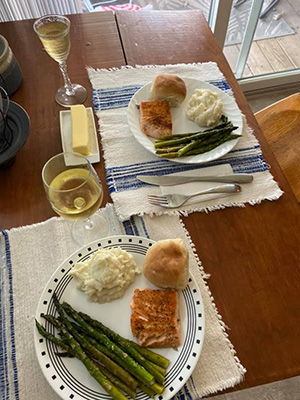
Sue is mentally exhausted trying to plan meals and stretch food to minimize shopping trips and overcome scarcity. Many places where we bought bread and takeout have closed. We agreed that if our butcher shop closes, we will temporarily become vegetarians. Living in a rural area, we have the luxury of farmstand markets – and strawberries and asparagus are now in season.
We planted a garden with spinach, radishes, cilantro, lettuces, onions and beets.
I made a Virtual Holy Week playlist on SoundCloud, recording instrumental tracks on my keyboard/synthesizer and mixing it in Logic Pro. Still procrastinating on a 1) composing my own music and 2) writing beyond this blog. If not now, when?
Sometimes, it’s just a video from someone trying to reach out through the void: A poignant Good Friday sermon from Nadia Bolz-Weber, or an acoustic song from Mary Chapin Carpenter, cheerily performed from her farmhouse in Virginia. Angus, her golden retriever, looks on adoringly or lolls on the floor with a squeaky toy. And for a moment, life seems “normal.”
We just hope, when this is all over, that our definition of “normal” will be irrevocably changed. “Normal” sucked for too many people. “Normal” was brutish, greedy, thoughtless, divisive. While in this suspended reality, we can pray for a true resurrection of our spirits and a “newness of life.” That’s our Easter hope.

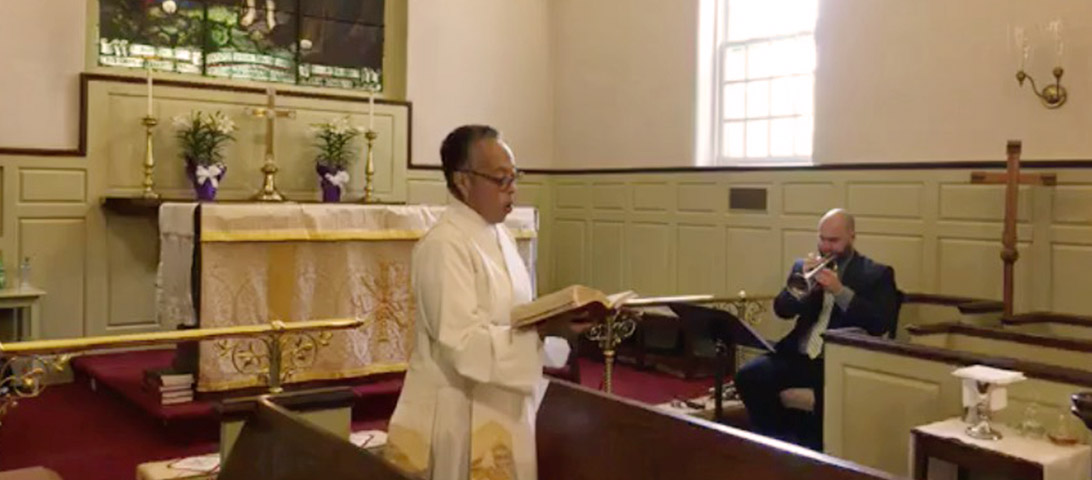
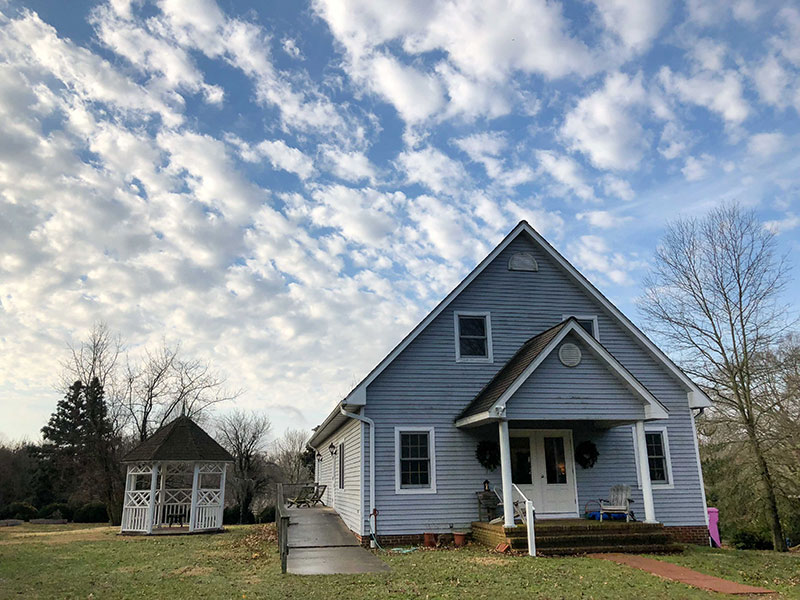
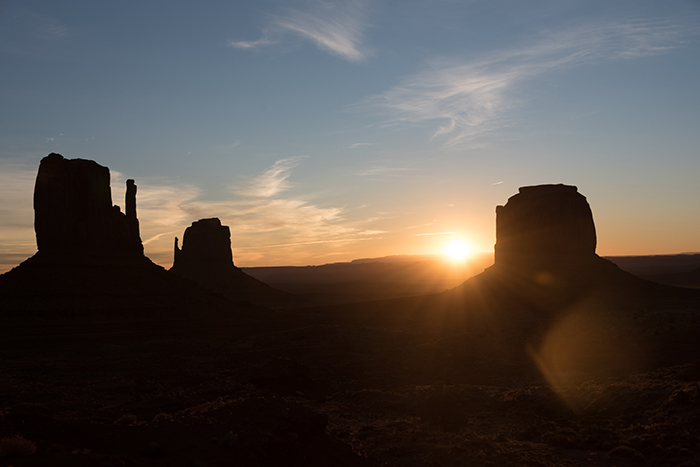
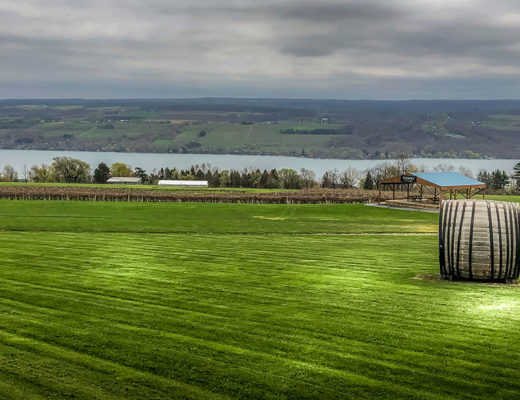
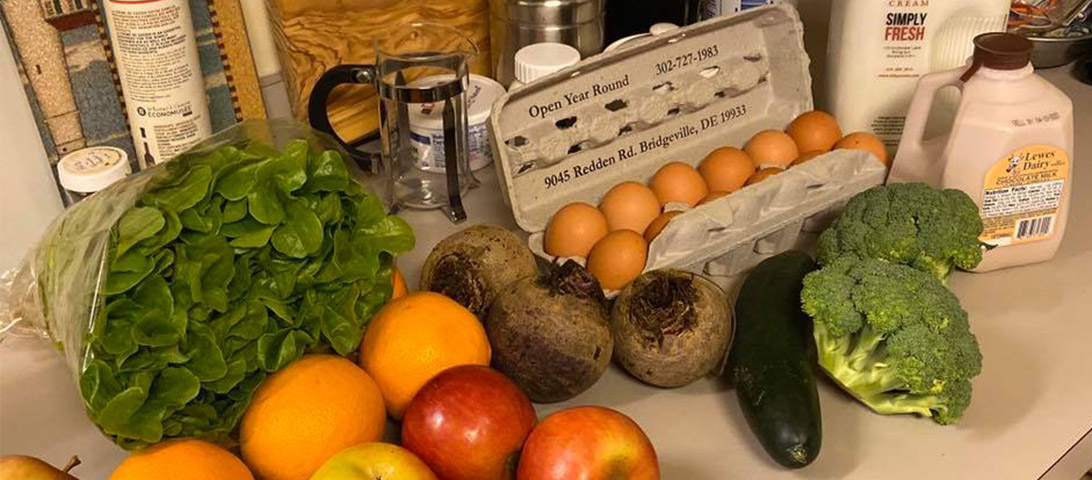
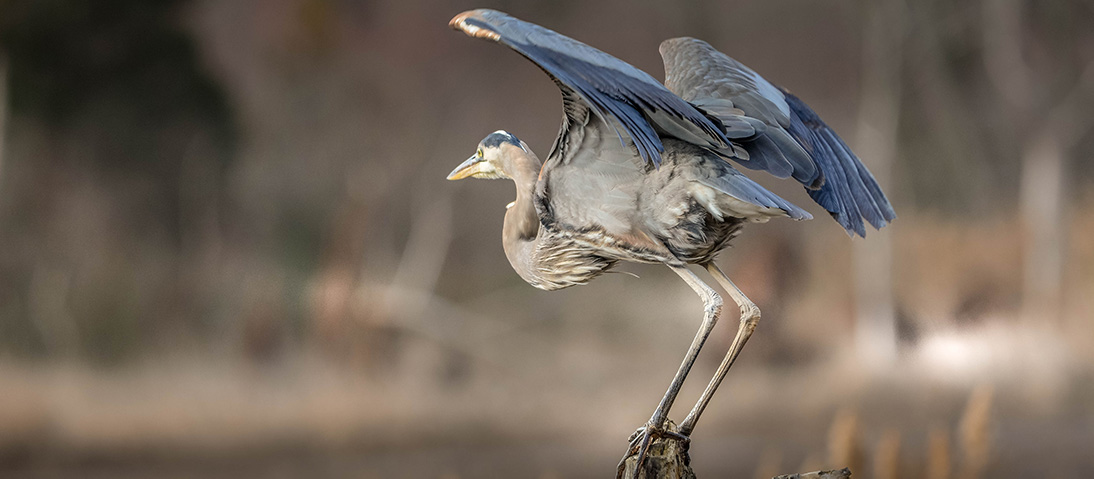
No Comments